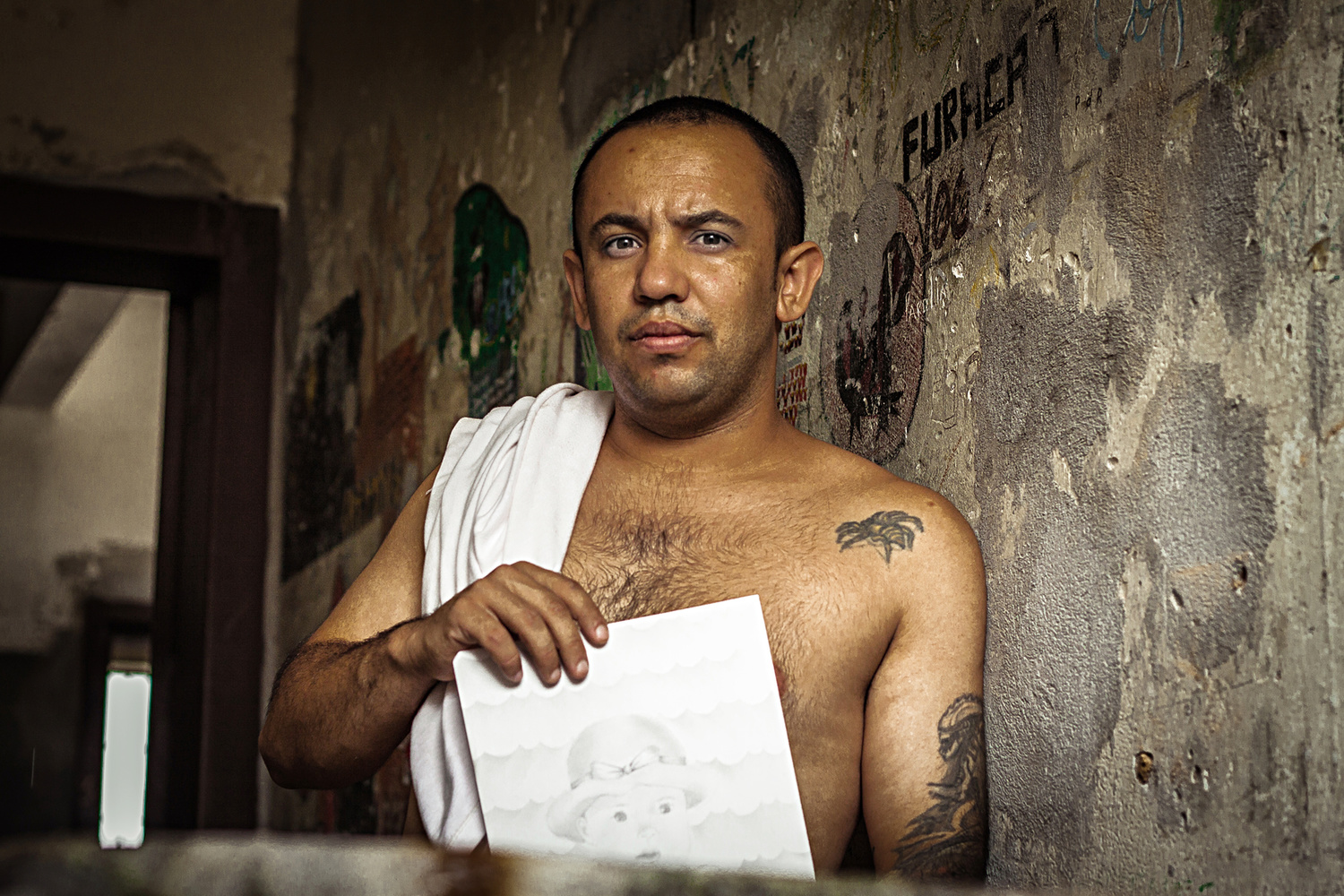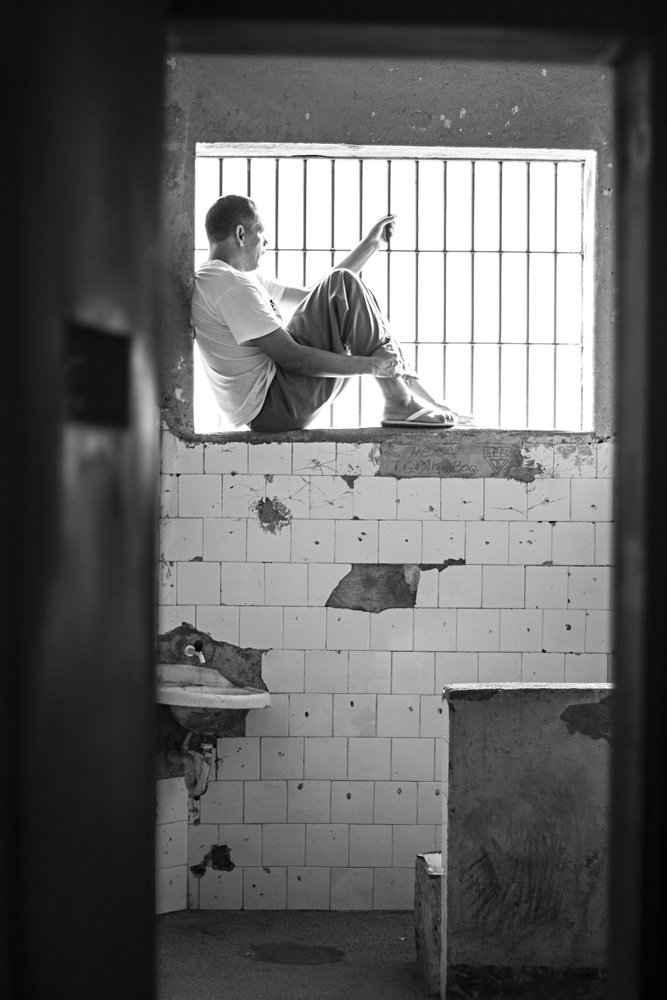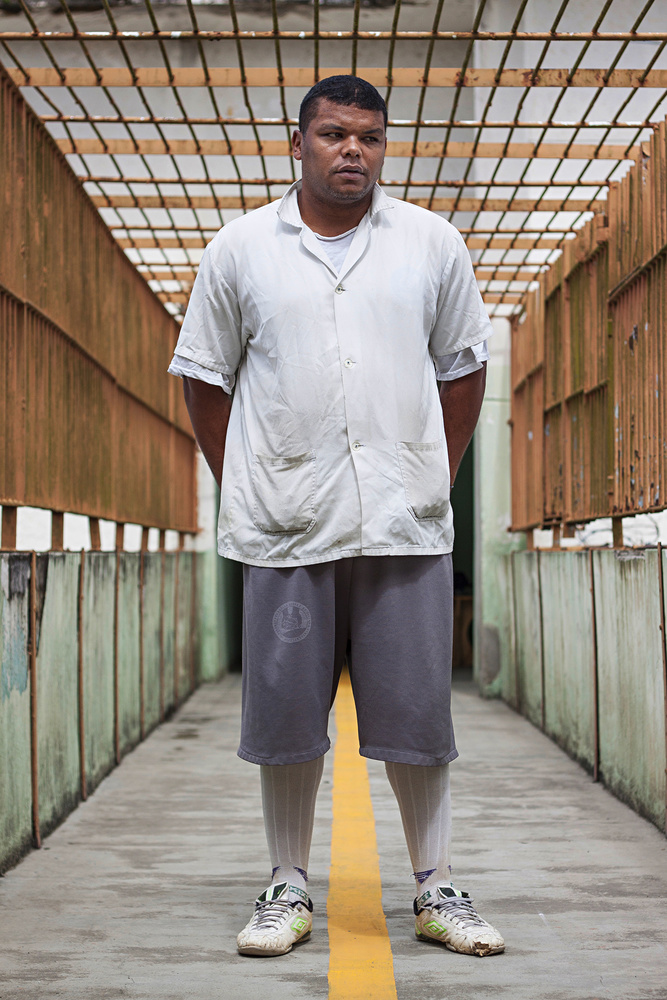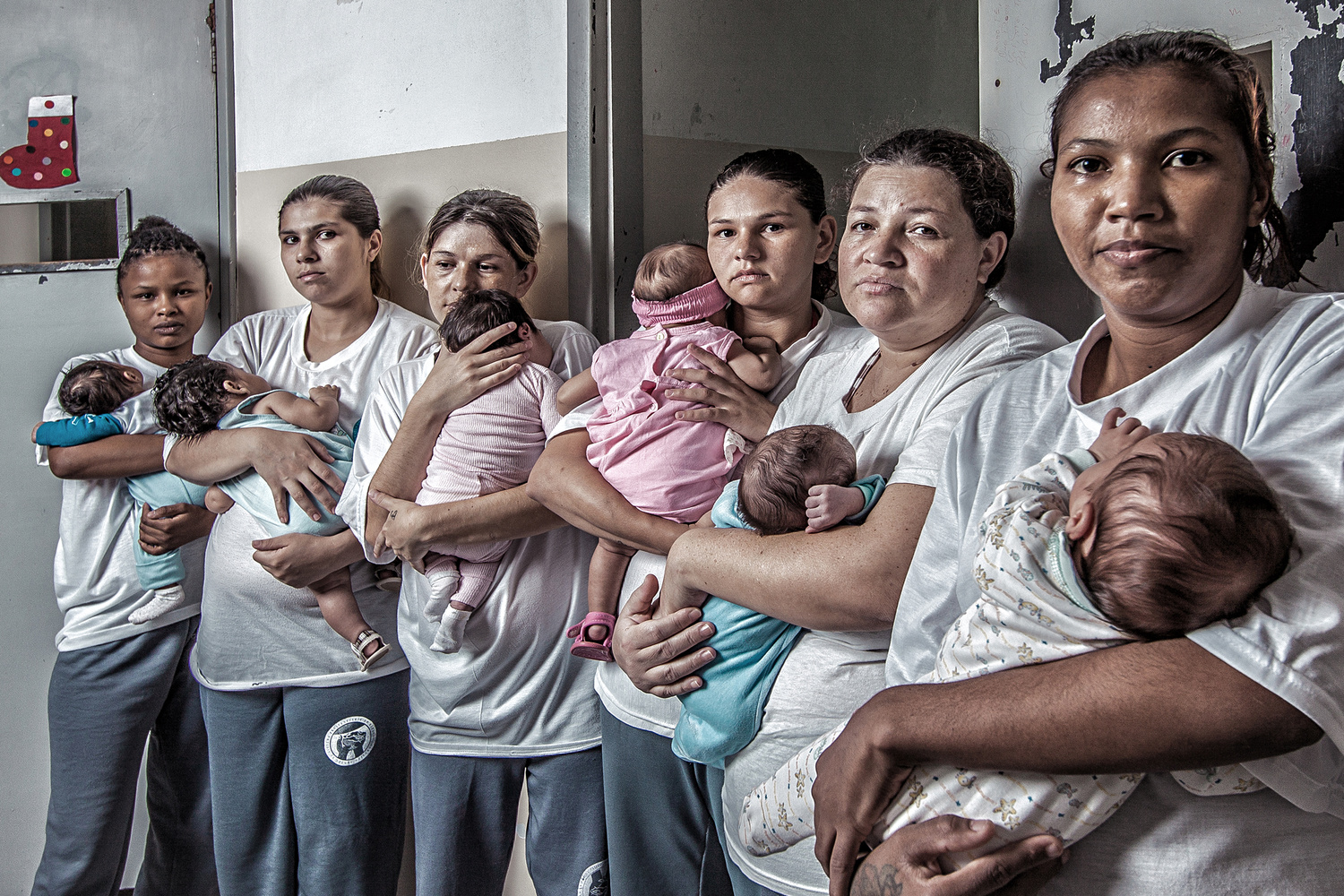We might feel confined during the pandemic, but it does not compare to the dark realities of those locked up in forgotten prisons. After 40 years of media shut-out, we get to visually experience the life in prison in Brazil thanks to the "Locked Up" project.
Milcho Pipin, a documentary, fine art, and editorial photographer whom is also a visual designer, began his way into photography with an analogue Russian Zenit. Working as a movie set assistant on "The Secret Book of the Bogomils" alongside the French cinematographer Thierry Arbogast, Pipin became inspired by Arbogast's work ethic, which was a catalyst for Pipin's interest in photography. Starting out by observing and analyzing, Pipin has since realized when it comes to creating impactful visual stories, "it is all about tireless observation, subtle lighting, and breaking through the limits of the camera".
Growing up with a father who worked as a police inspector of foreign crime and border control in Macedonia for 30 years, Pipin saw him work his way through cases and dealing with people from different backgrounds. In fact, it was his father's sense of comprehensibility to all social classes that led to Pipin creating a project that documents life in prison. His first attempt in his home country didn't come to fruition but the change of scenery, after having moved to Brazil, gave him the green light to try again. This was greatly helped by Prof. Dr. Maurício Stegemann Dieter, a criminology specialist who helped Pipin work his way through all of the hoops of bureaucracy and thus became Pipin's partner in this project.

The process of finalizing all required documentation to get inside the prison took approximately 6 months. It was certainly worth it because their chosen prison, The Central Penitentiary of the State of Paraná, had had a 40 year media shut-out up until then. Once inside, all the inmates also had to sign the authorization forms. The project lasted for 5 days and Pipin realized that without the help of Dieter, he wouldn't have been able to get around and explore it all. The prison itself can withstand approximately 1,480 inmates, but despite the frequent overcrowding problems and the precarious infrastructural condition, the prison is not even the worst one in Brazil.

The first day of shooting was a challenging one. One of the guards gathered a group of inmates to explain why Pipin and Dieter were there and if the inmates wanted to be a part of the project, they could stay. The next moment almost everyone left and had no interest in participating. Next step was for Dieter to explain to them that the project bears no political connections and it was purely an artistic documentary of life in prison. Pipin further clarified that he simply wants to take their portraits, while they express their feelings through their composure and body language, and to show these portraits to the rest of the world. He showed his print portfolio to those who decided to say and soon, one by one, prisoners felt more at ease and more decided to participate. It was also helpful that the staff opened up to the idea too and became more helpful in showing them around the prison and introducing to other inmates, too.
While Pipin was taking photographs, using his Canon 50D, Dieter spent time by talking to inmates. One of the comments they received was, "Oddly enough, I've never felt so free in my entire life here!". Another inmate expressed their thoughts by saying that "the smile costs less than electricity and illuminates more!" For his project, Pipin also has recorded other comments and thoughts of reflections by the inmates to accompany his strong portraits, such as "Only God knows our time of death", "I'm imprisoned, not a prisoner!", and "better here than death. Here, there's time for a new life."



Although it was a successful shooting experience, Pipin couldn't review and edit the work straight afterwards. It took him almost a month because the heavy feeling after visiting such an emotionally challenging place didn't diminish that fast. His feelings and thoughts about the whole experience were tied to hearing "loud echo voices from the corridors, newborns crying, just sadness all around." After stepping outside, the prison environment had made Pipin feel that nothing is more precious than having freedom.
After finishing this emotional project, Pipin was satisfied with the result. Not just in the visual social history he had produced but also in learning and understanding more about the humanity. He's since received many messages from Brazilian university students asking for permission to use the photographs in their own theses and projects. Pipin also collaborated with Lydia Nikolova, a poet from London, U.K., who wrote poems inspired by his project. These can now be found alongside his images in the gallery. Currently Pipin is not planning on conducting any projects similar to "Locked Up".




The public feedback received includes people finding it interesting to be able to visually "visit" a place that is unaccessible to most. Others find the photographs sad, especially those of imprisoned mothers with their babies. Overall, the project has garnered interest and intrigue from people who come from different fields, such as, journalists, criminologists, students, and now, also photographers and photography enthusiasts.
You can see Pipin's project in full on his website.
Images used with the permission of Milcho Pipin.







Why are the women's portraits so excessively tone-mapped?
Lindo trabalho